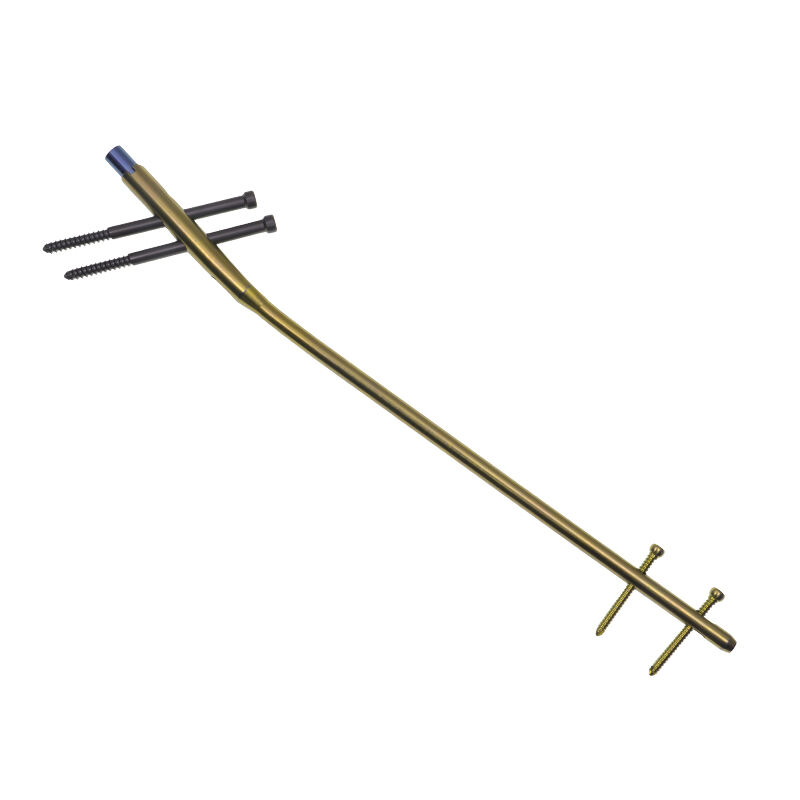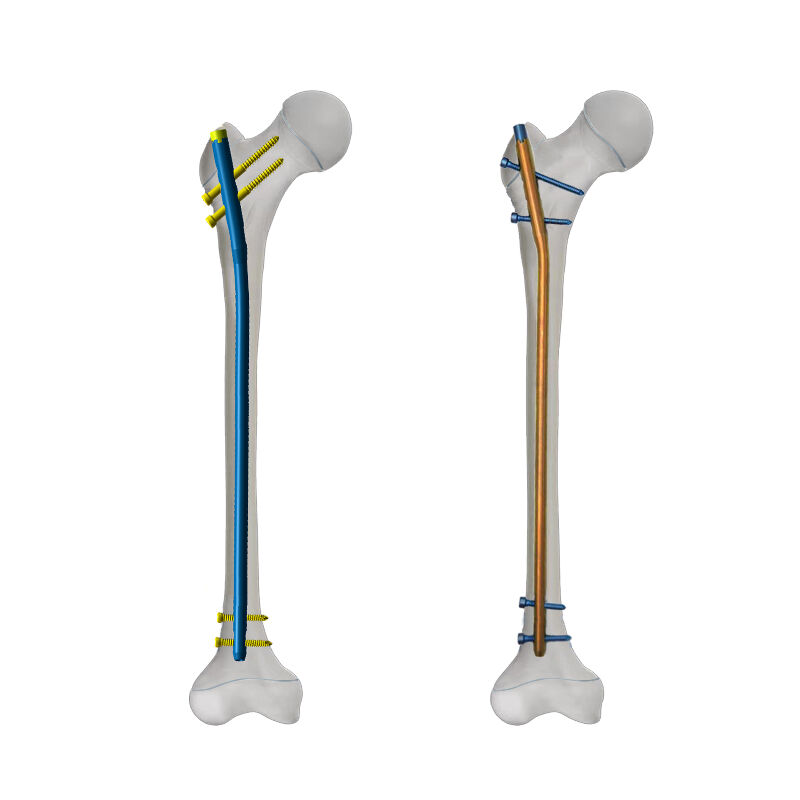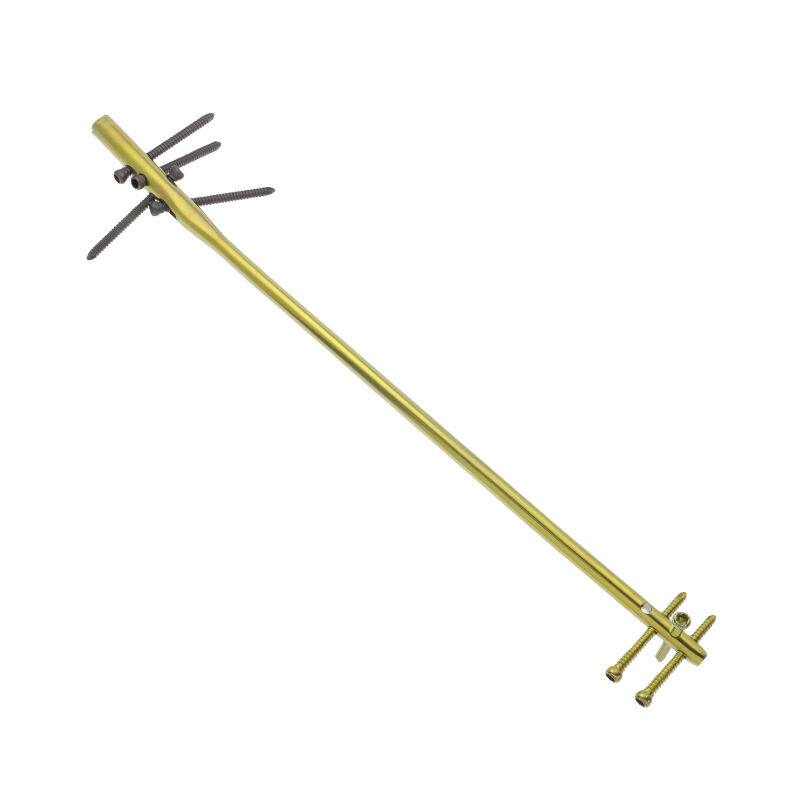femoral nails
Femoral nails represent a revolutionary advancement in orthopedic trauma surgery, serving as internal fixation devices specifically designed to treat fractures of the femur. These precision-engineered implants are inserted into the medullary canal of the femur to stabilize and support the healing process of various types of femoral fractures. The nails are typically manufactured from high-grade titanium or stainless steel alloys, ensuring both durability and biocompatibility. Modern femoral nails feature innovative design elements including multiple locking options, anatomical curvature, and various diameter options to accommodate different patient anatomies. The insertion process involves minimally invasive techniques, which significantly reduces surgical trauma and promotes faster recovery. These devices are particularly effective in treating complex fractures, including segmental, spiral, and comminuted patterns, while providing excellent rotational stability. The nails incorporate sophisticated targeting systems for precise screw placement and often feature specialized coating technologies to enhance bone integration and reduce infection risks. Their versatility allows for both antegrade and retrograde insertion techniques, making them suitable for a wide range of fracture patterns and patient conditions.


